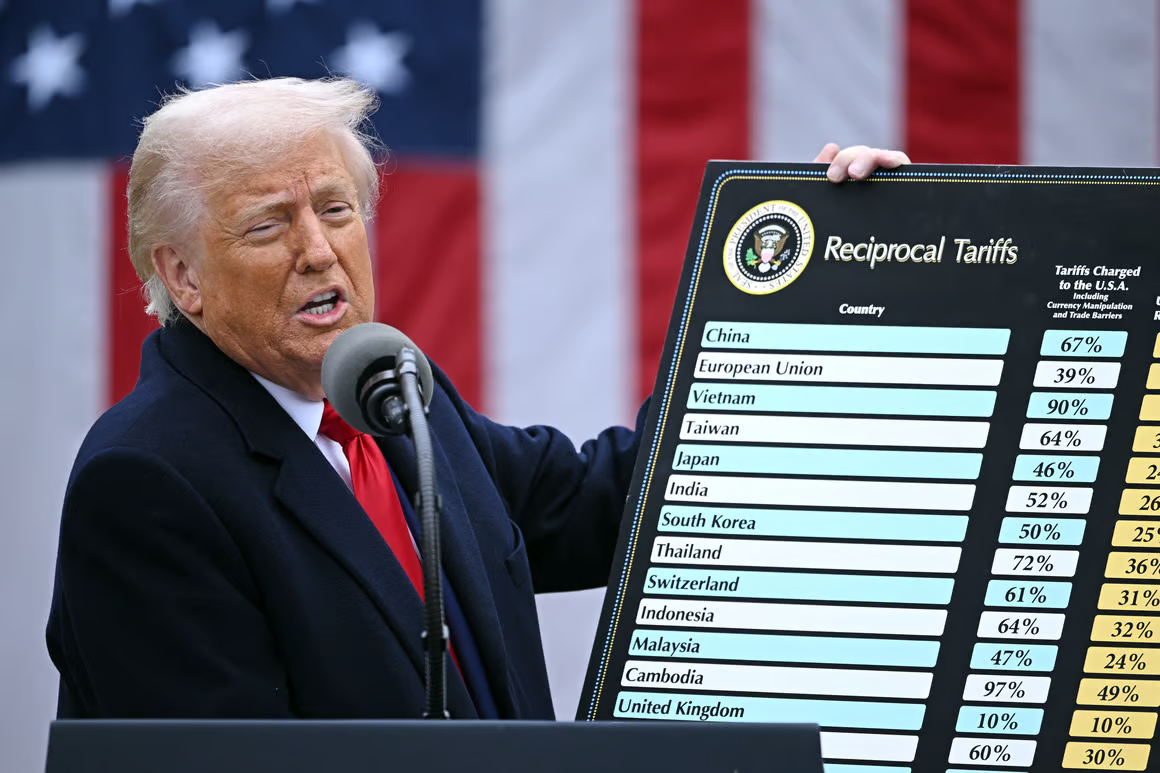
The U.S. Department of Energy (DOE) has issued a compelling report, one that underscores the increasing demand for advanced recycling technologies within the wind energy sector. Essentially, the industry must accelerate its transition toward a sustainable, circular economy. To illustrate, current U.S. infrastructure effectively recycles 90% of materials from decommissioned wind turbines. Nevertheless, to fully meet sustainability benchmarks, innovative recycling techniques are indispensable for the remaining 10%.
Strategies Bolstering Wind Turbine Material Recycling
Initially, the DOE report, “Recycling Wind Energy Systems in the United States Part 1,” thoroughly assesses the current state and future requirements for wind turbine component recycling. Consequently, several strategic enhancements are identified, including improved end-of-life decommissioning, refined scrap sorting, and strategically located recycling facilities. Notably, turbine towers, foundations, and steel drivetrain subcomponents offer the highest recycling success potential. Conversely, turbine blades, generators, and nacelle covers present significant recycling challenges due to their complex composition. Furthermore, the efficient recovery of critical materials—nickel, cobalt, and zinc—from power electronics and generators is paramount for a circular wind system economy.
Driving Progress via Technology and Investment
Firstly, short-term turbine decommissioning strategies include thermoplastic resin usage in blade production, which enhances recyclability and allows for cement production reuse. Subsequently, medium- and long-term solutions feature pyrolysis and chemical dissolution for blade recycling and optimized compound separation methods for power electronics. Accordingly, the DOE has committed $20 million through the Bipartisan Infrastructure Law to fund R&D, thus bridging existing recycling gaps. Henceforth, this aims to create sustainable components, refine recycling processes, and construct a resilient domestic supply chain.
Recycling Innovations Driven by Competitions and Regional Factors
Additionally, the DOE supports innovation via the Wind Turbine Materials Recycling Prize. Six companies received $500,000 and technical assistance to advance commercialization. Subsequently, regional factors and long-term sustainability must be considered. Specifically, while technological innovations advance turbine recycling, material demand, disposal fees, transportation costs, and labor availability are also crucial. Effectively, these factors dictate the success and cost-effectiveness of recycling efforts. Thus, a comprehensive strategy is essential. SuperMetalPrice concludes that without the correct recycling program, the goal of a completely green wind turbine is just a dream.











Leave a Reply
You must be logged in to post a comment.